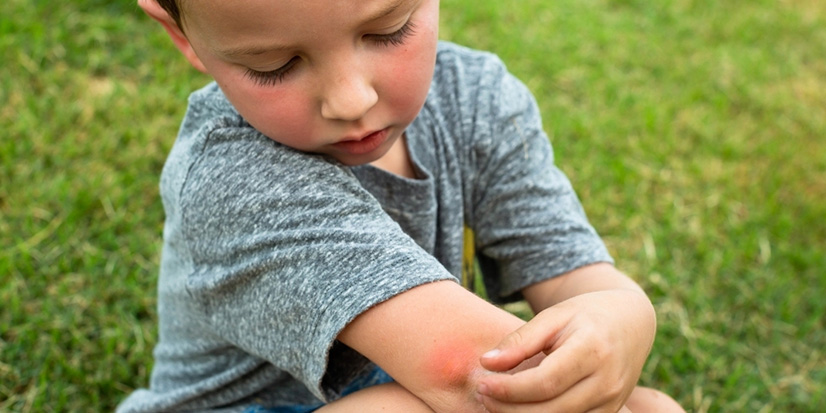The Best Ways to Handle Bee Stings and Mosquito Bites
- Category: Seasonal, Dermatology
- Posted On:

Summer is in full swing, and that means insects are more active. Despite all your precautions, chances are that you or a loved one will be bitten by a mosquito or stung by a bee at some point before summer is through. How should you treat a bite or sting? What should be done in the event of an allergic reaction? We discuss these questions and more in a Q&A with Cope Family Medicine | Ogden Clinic’s Urgent Care Physician Bryce Peterson.
What is the best thing to do for a mosquito bite?
A cool compress (ice) to help avoid itch, but prevention is the best treatment. DEET containing insect repellant and a fan is a great way to help keep mosquitoes away.
Which stinging insects can cause allergies in people?
The main group of insects we worry about are the order Hymenoptera, including bees, wasps, and hornets. These allergies can be severe and life-threatening if an anaphylactic allergy exists.
How do I properly take out the stinger from a bee?
Just grab it and pull it out quickly. It continues injecting venom as long as it is inside the skin – usually, the maximum dose of venom is delivered by 20 seconds. Speed matters more than technique when removing a stinger.
What is the best way to neutralize bee or wasp stings?
There is no way to neutralize the venom, but treating with an ice-water soaked rag is the single most helpful, and a Benadryl® cream or hydrocortisone cream can also be helpful.
At what point should someone visit Urgent Care for a sting?
Any signs of anaphylaxis, including shortness of breath, facial or oral swelling, confusion, or abdominal pain require immediate attention. If the itch is too much to handle or the swelling becomes very large, an Urgent Care visit to discuss options can help lead to some relief.
***

To schedule an appointment with Dr. Bryce Peterson, please click here or call 801-298-4112.